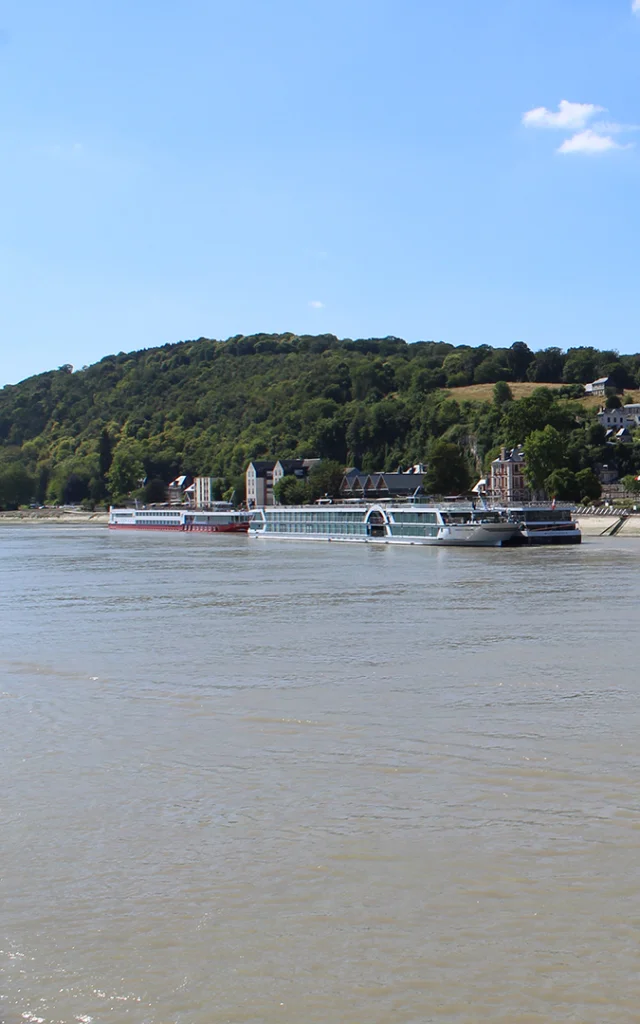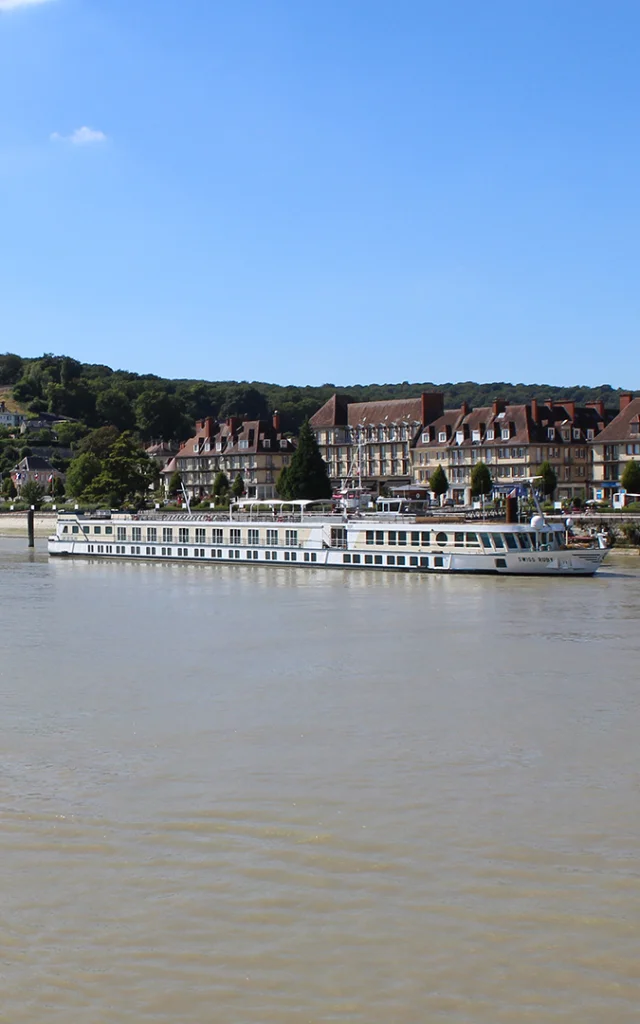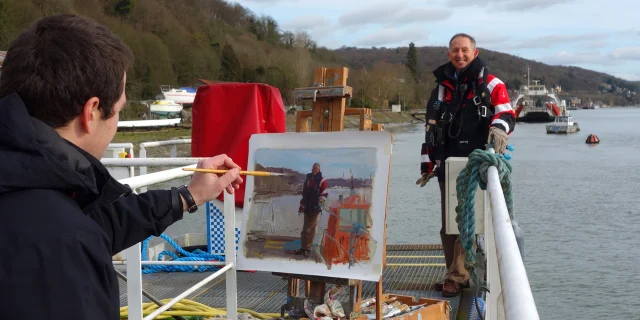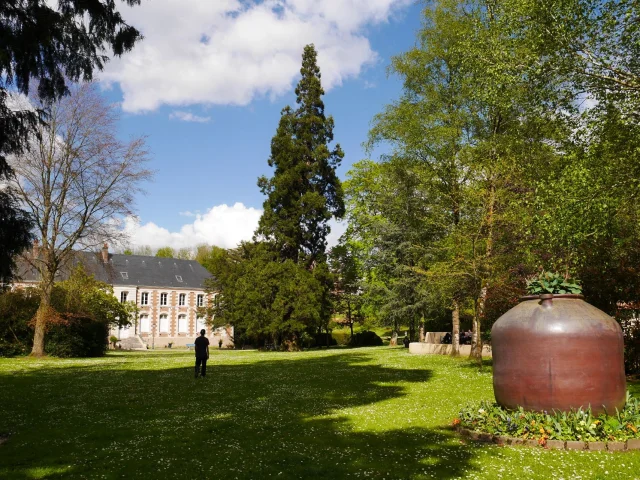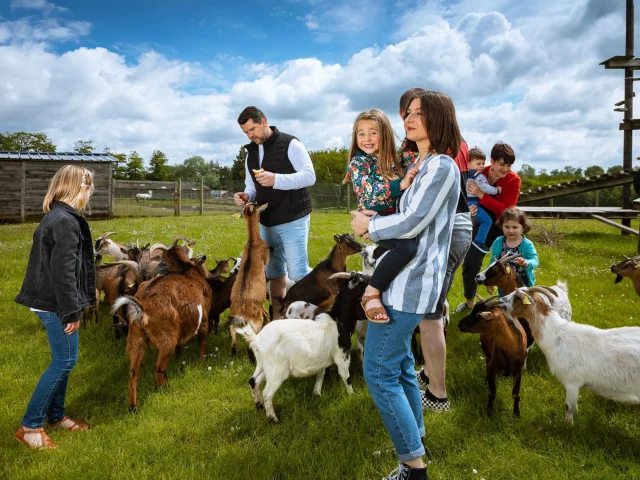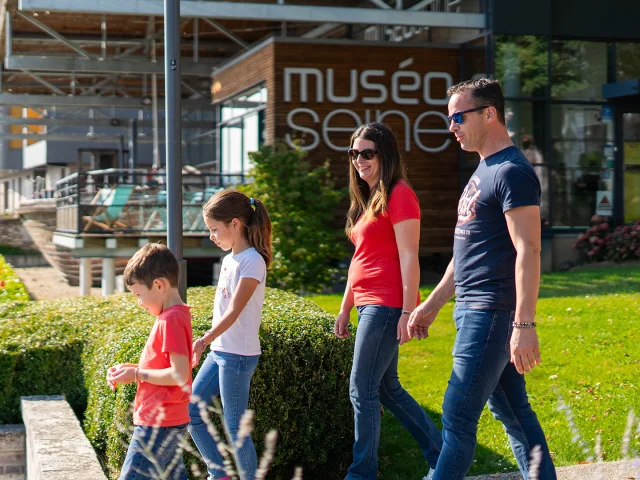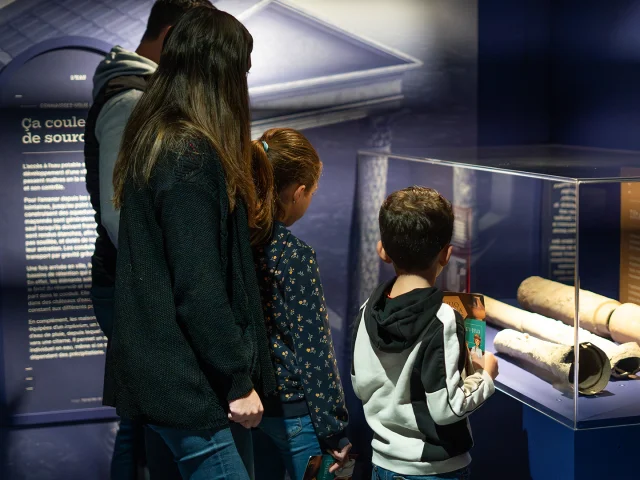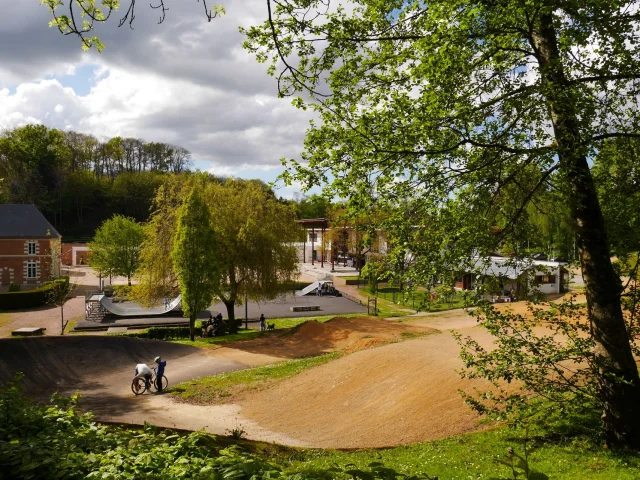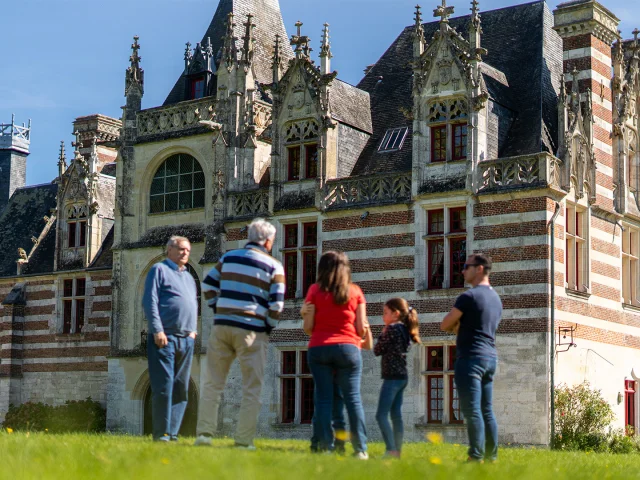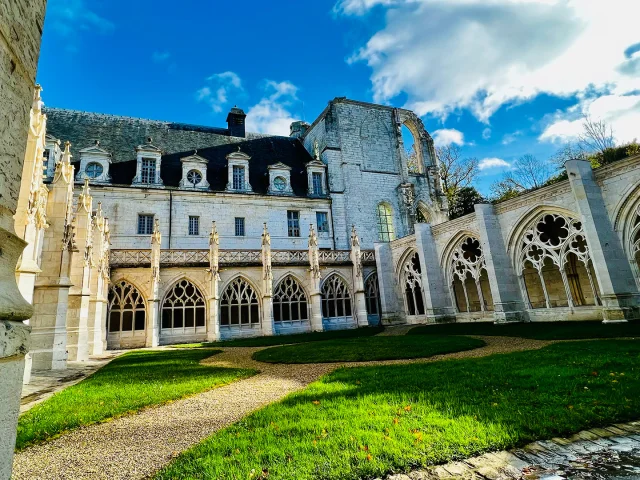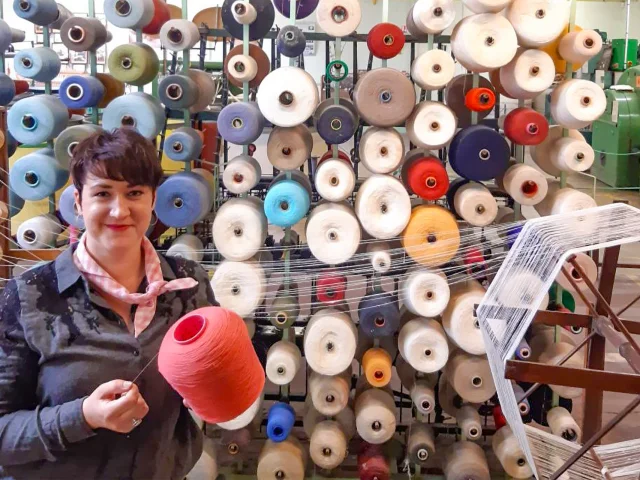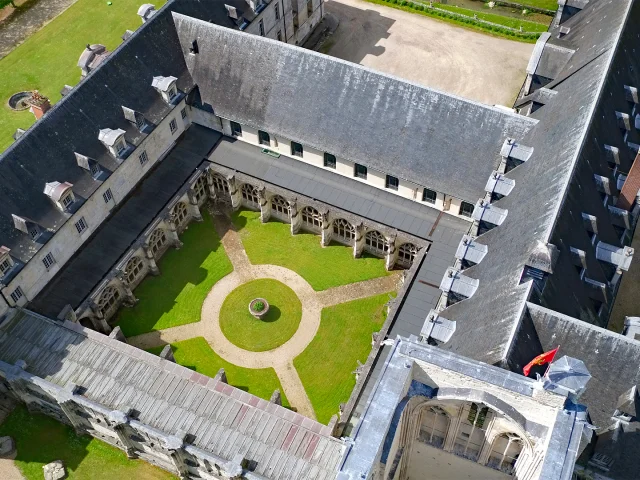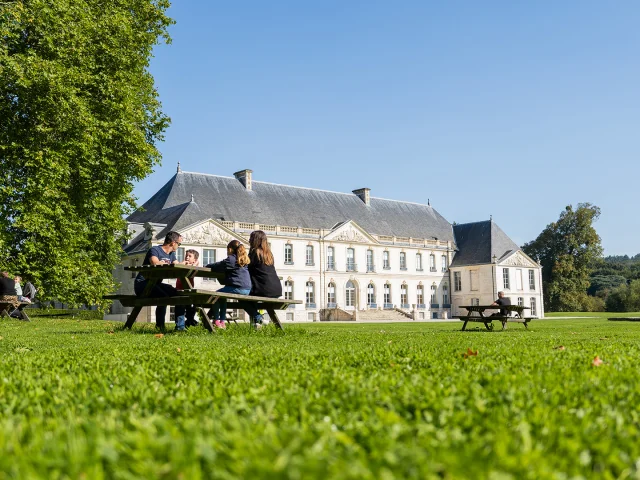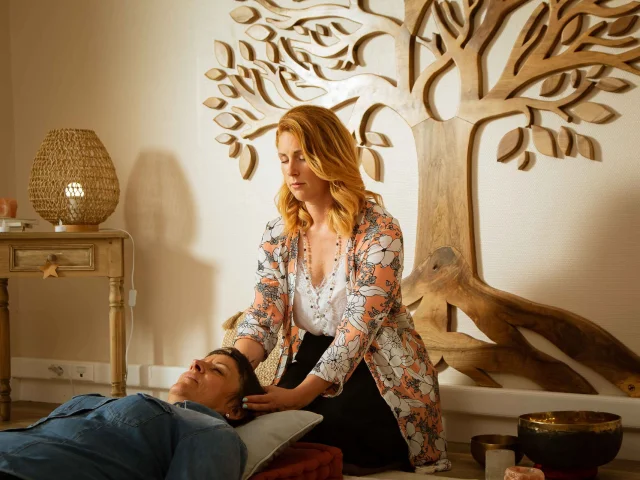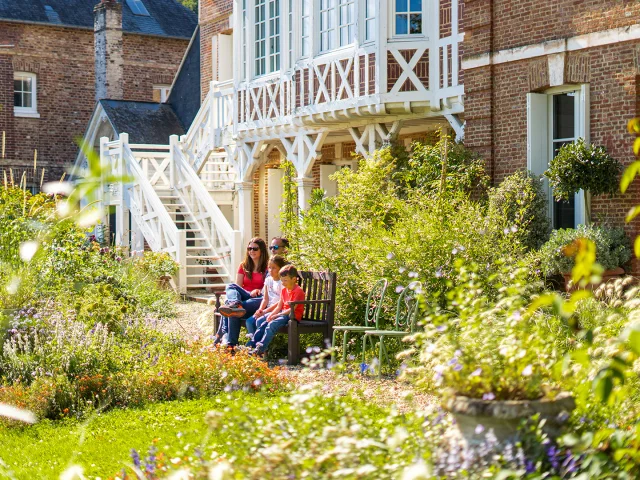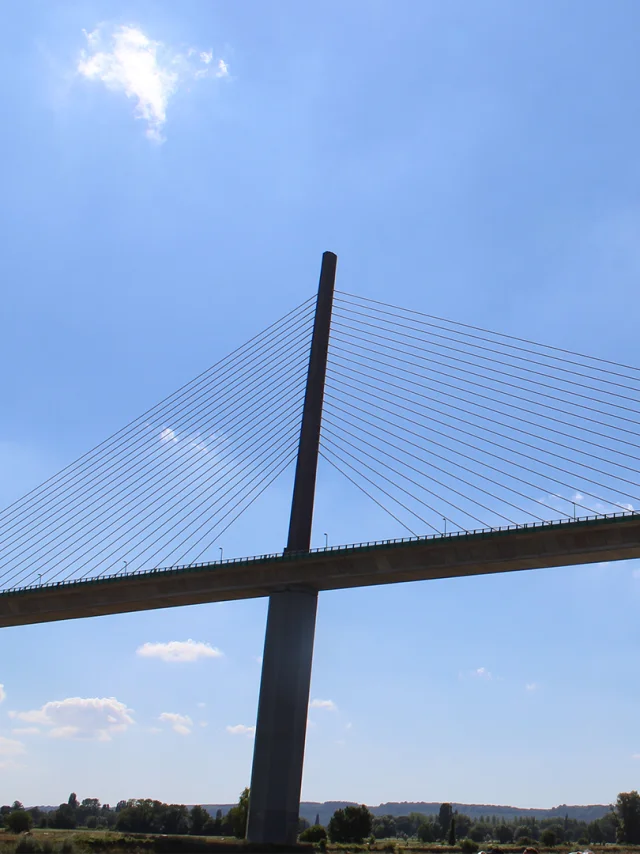 Caudebec En Caux 2018 Pont De Brotonne Csnt 1
Caudebec En Caux 2018 Pont De Brotonne Csnt 1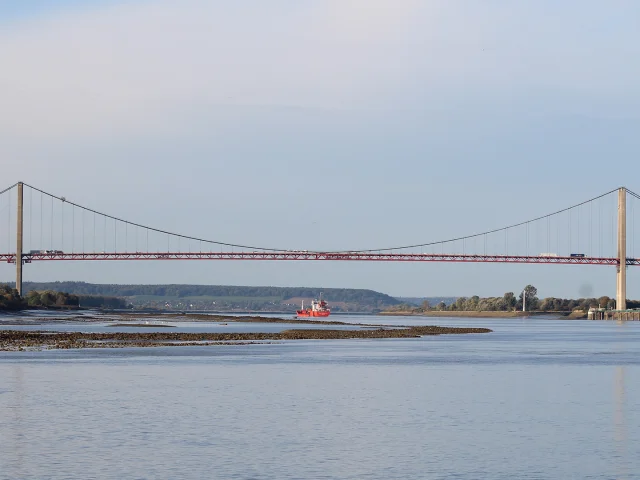 Tancarville 2020 Pont Csnt 1
Tancarville 2020 Pont Csnt 1L’arrivée des bacs a grandement amélioré la vie quotidienne de ceux qui travaillaient des deux côtés de la rivière. Traverser d’un côté à l’autre est vite devenu une routine. Cependant, avec l’augmentation du trafic, il était parfois nécessaire d’attendre jusqu’à deux heures pour traverser. Il a donc été décidé de construire les ponts de Tancarville et Brotonne, respectivement en 1959 et 1977.
Le pont de Brotonne, dont la construction a battu des records à l’époque, a néanmoins marqué la fin des traversées en ferry de Caudebec-en-Caux et de la Mailleraye-sur-Seine, qui sont encore aujourd’hui une grande cause de nostalgie.
Ne manquez pas l’occasion de prendre l’un des bacs, toujours en service lorsque vous traversez la rivière, entre Heuteauville et Jumièges, ou encore entre Port-Jérôme-sur-Seine et Quilleboeuf !



